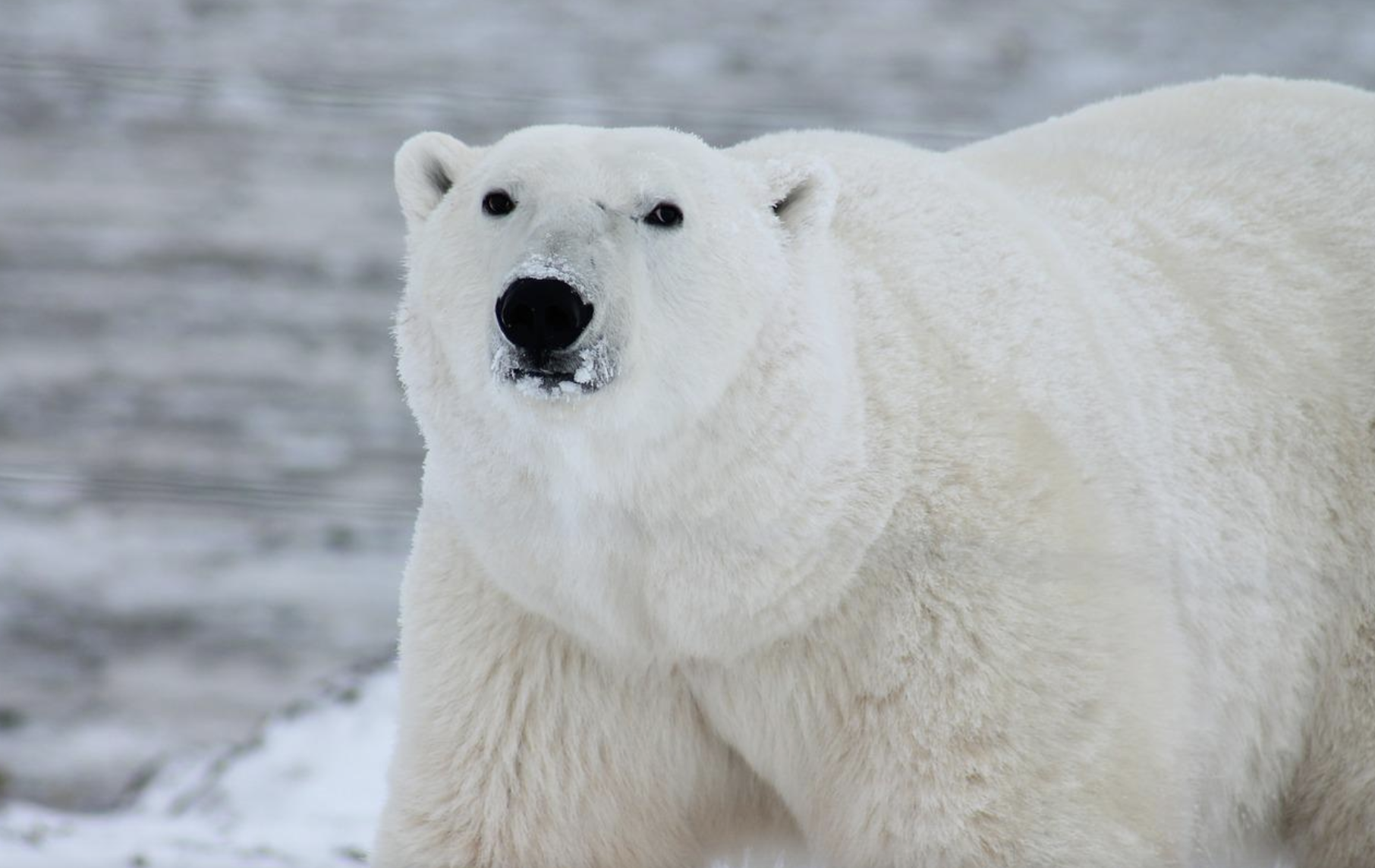No products in the cart.

“Life … finds a way” are the famous words of Dr. Ian Malcolm, the fictional character played by Jeff Goldblum in the 1993 movie classic, Jurassic Park. While the recent discovery of a new polar bear subpopulation might not be as groundbreaking as female dinosaurs spontaneously changing genders—even though that might be considered par for the course these days—it is nevertheless a testament to nature’s adaptability to changing environmental conditions.
More importantly, it presents evidence that may help subdue the sensationalism surrounding polar bear extinction.
A team of scientists led by Kristin Laidre of the University of Washington discovered a new subpopulation of polar bears inhabiting an isolated area of fjords in the southeastern tip of Greenland, between latitudes 60°-64°N. What is remarkable about these polar bears is that they have adapted to life without large swaths of sea ice, which is otherwise said to be a prerequisite for polar bears to hunt. Reliance on receding sea ice is what supposedly put many polar bears at risk, as there has been a notable shift of polar ice masses over the last years during which arctic ice levels decreased (although ice masses of the antarctic have actually been slightly growing).
The population in southeastern Greenland, however, has adapted to circumstances by hunting from freshwater ice, available from Greenland’s glaciers terminating at the coast.
“We wanted to survey this region because we didn’t know much about the polar bears in Southeast Greenland, but we never expected to find a new subpopulation living there,” said Laidre in a statement released by the University of Washington. “We knew there were some bears in the area from historical records and indigenous knowledge. We just didn’t know how special they were.” According to the study, the population of polar bears became genetically distinct around 200 years ago when it separated itself from other populations living further up north, reasons for which remain unknown.
Unsurprisingly, the discovery of this subpopulation has been connected to the challenges of climate change. “Polar bears are threatened by sea-ice loss due to climate change. This new population gives us some insight into how the species might persist into the future,” said Laidre.
Some scientists approach the discovery with caution though, urging care not to infer too much optimism in the findings. Whether it’s sea or glacier ice, both are susceptible to temperature fluctuations. Yet, in this particular region, the ice floes used by polar bears to hunt are absent for up to eight months out of the year, leading to speculation that ice, at least for some polar bears, is not required for survival.
Zoologist Susan Crockford points out that for over 200 years, these polar bears have been “easily surviving an ice-free period similar to conditions predicted for the High Arctic in the late 2100s,”—referring to a report that anticipates an ice-free Arctic Ocean. “In two papers and several press releases, there is no mention of the fact that polar bears in general were savvy and flexible enough to have survived through several warm interglacials that were warmer than today, or that many Svalbard bears recently moved onto the sea ice or to Franz Josef Land when sea ice on the west coast of the archipelago became scarce,” Crockford wrote on her website, polarbearscience.com.
Crockford has been combating polar-bear-alarmism for decades, including the myth of polar bears facing extinction, an position which is supported by the underreported fact of rising polar bear populations world-wide.